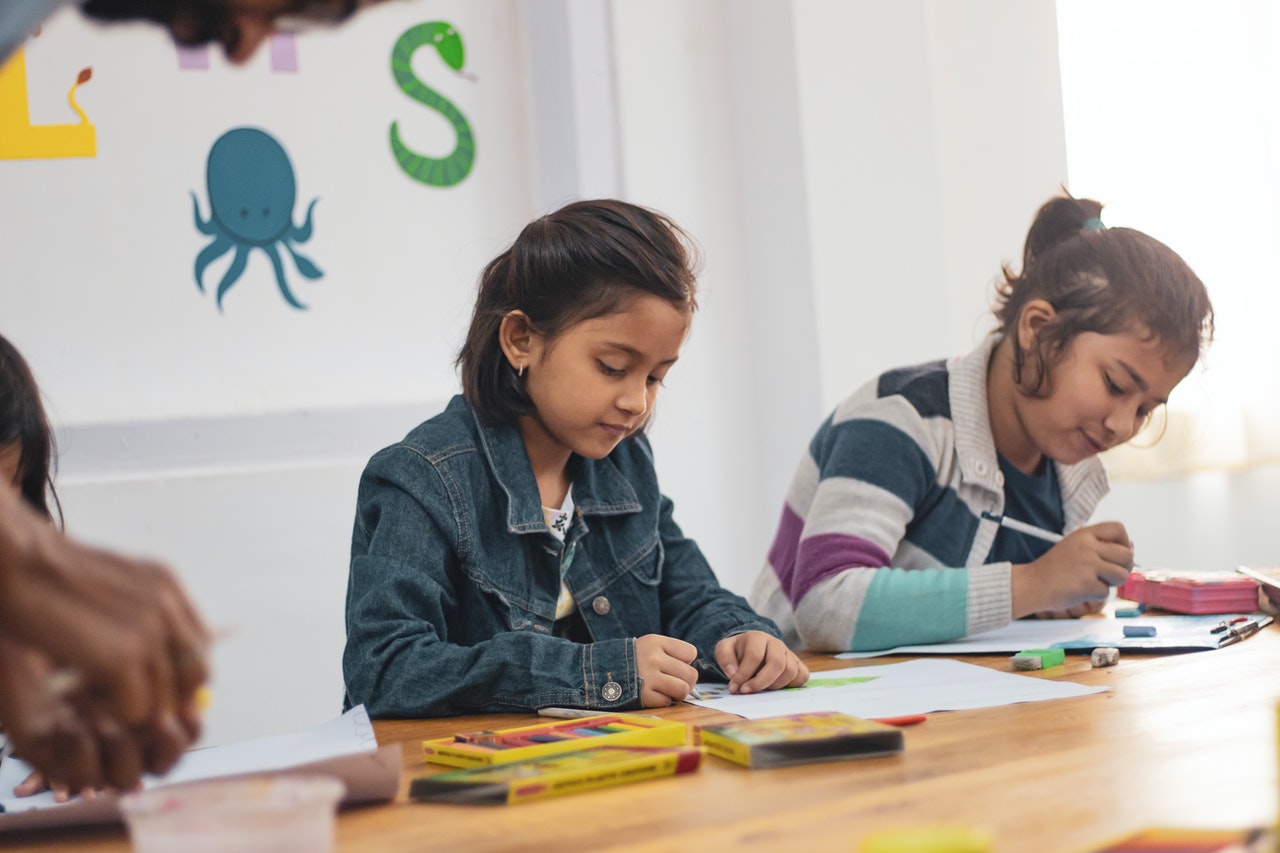A classroom culture where students are comfortable and trust is the cornerstone for setting up an atmosphere where students are continually motivated. They are able to improve: learning and giving feedback to improve classroom performance. How do we know this? What is it that fosters a classroom culture that encourages learning? Is it our values? What do we teach our children about success and failure? Or, are we simply copying what we have learned from other teachers?
How to create a positive classroom culture?
If you want to know how to create a positive classroom culture that fosters learning, then you must take a close look at your teaching style and approach. For example, are you a person who puts a lot of value and importance into doing group work and collaborating with others? Are you someone who constantly emphasizes the importance of learning from successes and failures as a group? Do you believe that by collaborating and working as a team, students will be more willing to explore new ideas and get help from others? Or are you someone who believes that by creating high expectations for each student and failing them regularly, they will never be willing to explore new ideas and try things their way?
System of rewards and punishments
The most important thing to look for in classroom culture is a system of rewards and punishments. Punishments can be positive (such as taking away points for being late, for instance) or negative (such as being forced to sit out the rest of the lesson or even being excluded from the classroom for misbehaving). Rewards can also be positive (for example, extra study time), or negative (for example, being excluded from group activities). The key to using these rewards and punishments correctly is to strike a balance between giving students what they deserve and encouraging them to take responsibility for their behavior.

An effective and rewarding approach
Another important aspect of classroom culture is an effective and rewarding approach to the teaching process. Emotional intelligence and the skills it enables, such as self-discipline and persistence, can help students learn much faster than their chronological ability. The pace of a course should be determined by both the teacher and the student, as well as how well the student is progressing. A good teacher will always be able to adjust their teaching pace according to what will help the student learn faster.
Flexible attitude towards teaching
Another key aspect of a successful classroom management system is an approach to the teaching process which is based on the needs of everyday people. This is not the old-style training style of ‘one-size-fits-all’. Effective classroom management requires a flexible attitude and willingness to take risks with the sometimes surprising outcomes a course may bring. This means that various non-traditional teaching methods should be used in the classroom. Students don’t want to be left behind. Any effective teacher knows that a healthy mix of traditional teaching methods, motivated learning and real-life experiences can help students achieve great results every day.
Parting words
These are the key factors in creating a positive classroom culture. However, it is important to remember that teachers are just ordinary people, with different experiences, goals, and desires. It is up to teachers to find a way to integrate those aspects into the classroom to create an environment that allows students to grow and succeed. That is why psychology has become such a key part of this.
Over time, we have been seeing some remarkable changes in classroom management practices being implemented in schools around the country. We know that when teachers embrace a powerful and supportive classroom management system, their students’ performance improves. In turn, they gain more respect from their peers, parents, and other professionals. When teachers use psychological safety to support students’ mental health, the student’s confidence grows, and this contributes to the growth of their social skills and self-esteem.
Of course, it takes time and experimentation to figure out what is best for students. That is why no one teacher or school system is ever going to have a perfect classroom culture. But, with constant experimentation and effort, we can continue to learn what is successful. Also, we can work towards making our classrooms safer, healthier, and more positive places to learn and grow. After all, it is up to us to be the change we want to see in the world. Our children deserve the best. We have a responsibility to teach them so, with the best tools we have available to us.



